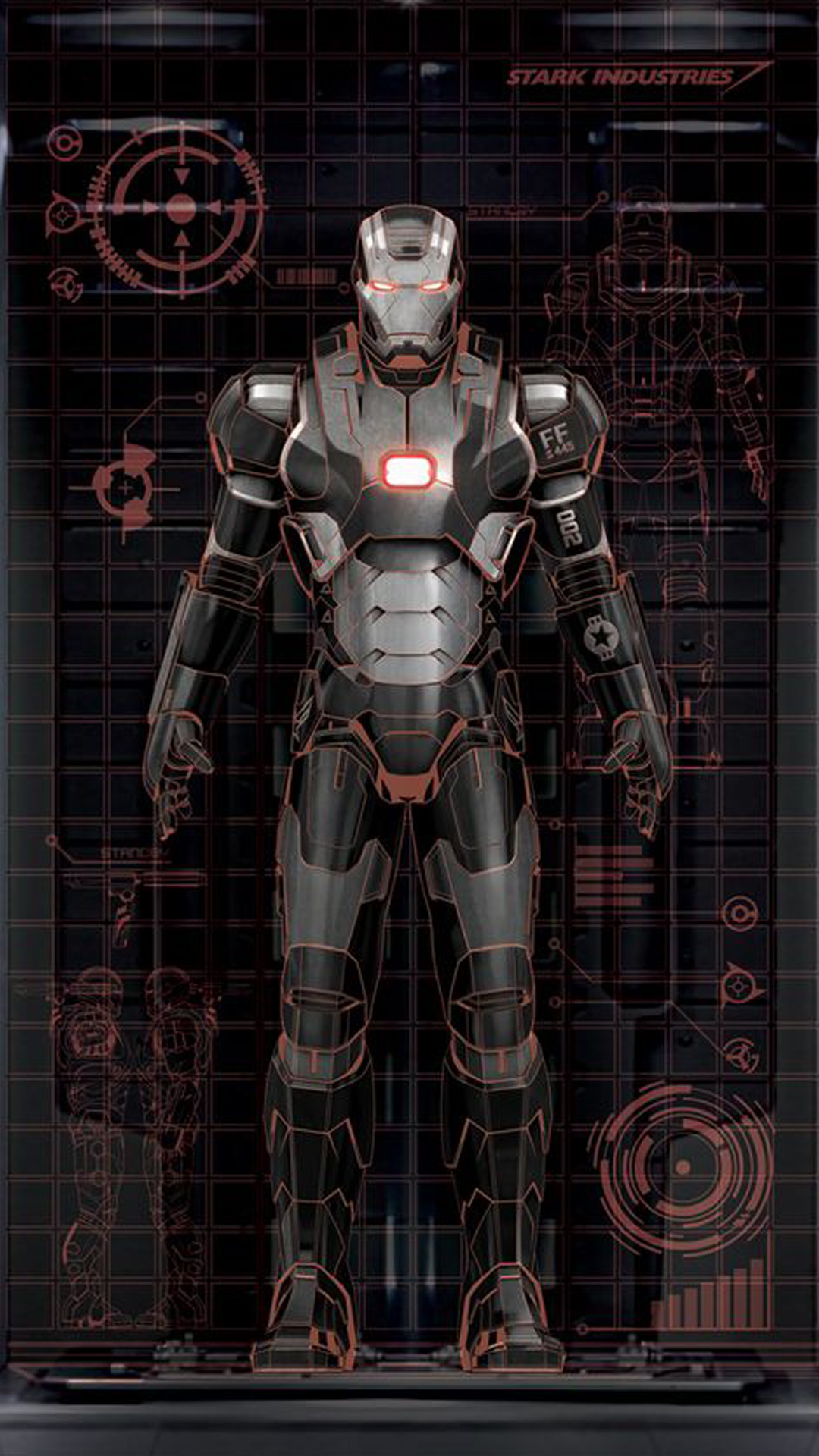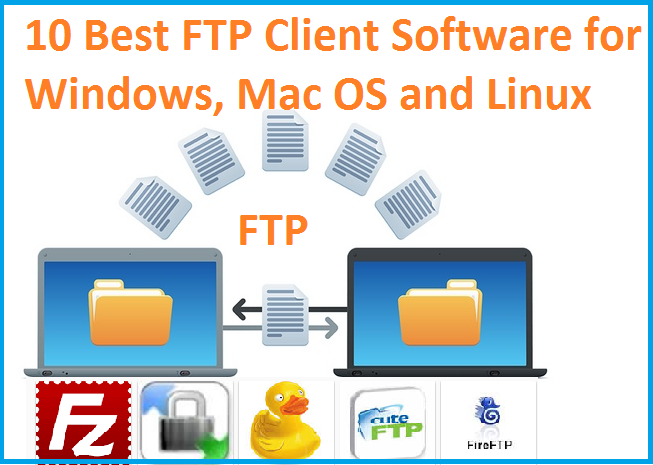

RetroPie also supports all sorts of gaming controllers, from cheap no-name USB efforts to controllers for the PS3 and Xbox 360. The distro can emulate dozens of classic consoles and home computers such as the Amiga, Amstrad, Atari 2600, Commodore 64, ZX Spectrum, Game Boy, PlayStation 1 and more. If you're a fan of classic games, grab a copy of the RetroPie distro and transfer it to your SD card. +Supports loads of different consoles +Compatible with many game controllers +Highly configurable You can also use Volumio as a UPNP/DLNA and AirPlay receiver, and it ships with built-in support for web radio and plugins for streaming music from Spotify and YouTube. Volumio supports the most popular audio file formats out of the box and supports a large number of USB DACs so you can plug in your amplifiers and other equipment to enhance your listening experience. You can also manage your music through the distro’s official apps on iOS and Android, or use any of the MPD-capable apps such as MPDroid. The distro is easy to set up and you can easily use its intuitive interface to manage your music from the web browser. Using Volumio you can setup a headless media server on the Pi that can play music in all the popular formats from a connected USB or a NAS device. Volumio is designed to play and stream music, and while Volumio will work with any of the Raspberry Pi boards (and several other SBCs as well), it’s an ideal project for the Raspberry Pi Zero. +Can play tracks from external storage +Hooks up with loads of music services +Supports DLNA and AirPlay compatible devices The distro has one of the most active community of users and you’ll have no trouble finding documentation and video tutorials for using the distro.
#Best raspi os 2017 install
You can either install the distro using the Raspberry Pi imager app in your existing Windows, Linux, or macOS installation, or flash the distro’s image to an SD card manually.
#Best raspi os 2017 software
In fact, the latest version of the release has had several tweaks and tests to ensure it performs flawlessly with video conferencing software such as Google Meet, Microsoft Teams, and Zoom. However, that doesn’t take away the fact that it’s also a general purpose distro.

The highlight of the distro is that it ships with several educational apps such as Wolfram Mathematica and a version of Minecraft called Minecraft Pi. It’s based on the venerable Debian Linux project and uses a customized LXDE-based desktop environment that uses the Openbox window manager to present a desktop that is functional, looks elegant, and doesn’t consume too many resources.

Raspberry Pi OS (formerly known as Raspbian) is the official distro of the Raspberry Pi. +Elegant lightweight desktop +Tons of software on tap +Configurator tool

We've also featured the best Linux training providers and online courses. Here we round up some of the best Raspberry Pi distros that allow you to consume the device in various ways. What makes the Raspberry Pi so successful is that it’s backed by an equally impressive line of software that allows tinkerers to adapt the tiny computer for different tasks. Of course if you just need to use it as a computer, there’s the Raspberry Pi 400, which rolls a 1.8Ghz Raspberry Pi inside a keyboard. This opens up the device to even more use cases that one couldn’t even have imagined when the original device made its debut in 2012. Unlike previous iterations of the single board computer (SBC), there are now three variants of the Raspberry Pi 4 with 2GB, 4GB and 8GB of RAM. The latest addition to the family is the Raspberry Pi 4 Model B that now features a quad-core 1.5Ghz processor. The Pi Zero W was added to the Zero family in February 2017, featuring a 1GHz processor, 512MB RAM and support for Wi-Fi and Bluetooth, again all for just over £15 (around $19, AU$27) with accessories. The Pi Zero was released in 2015, and the Pi and its 'essentials' kit is available for less than £10 (around $13, AU$18). There have been several Pi developments over the past few years.


 0 kommentar(er)
0 kommentar(er)
